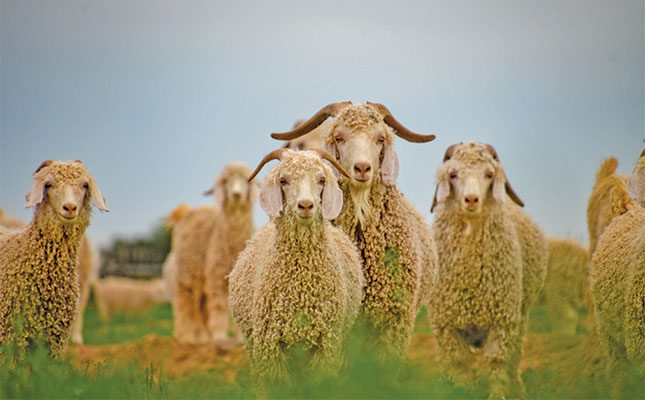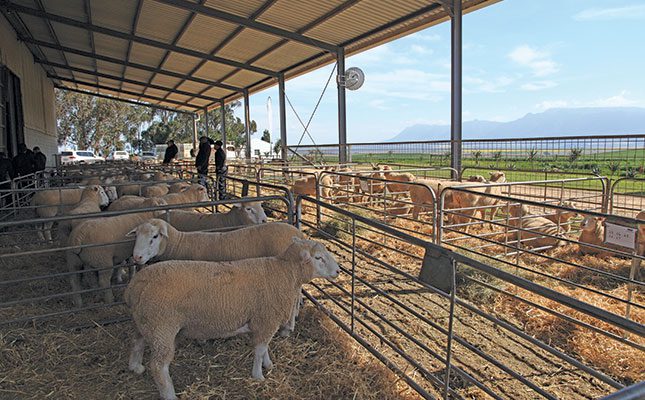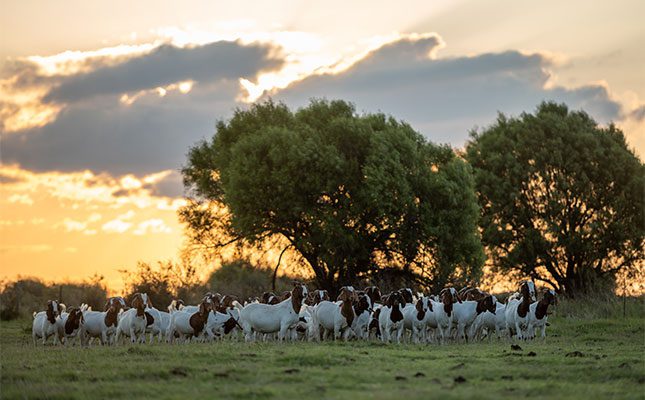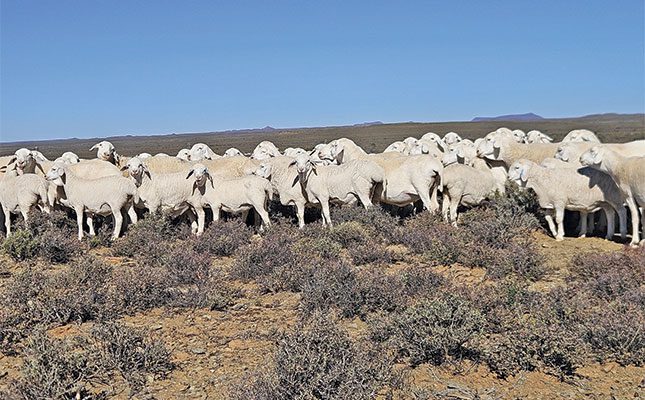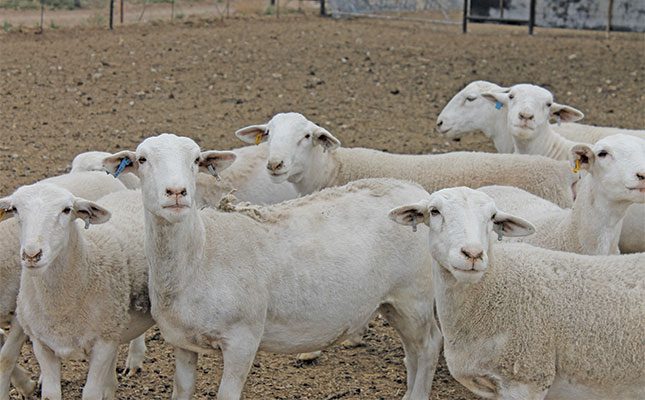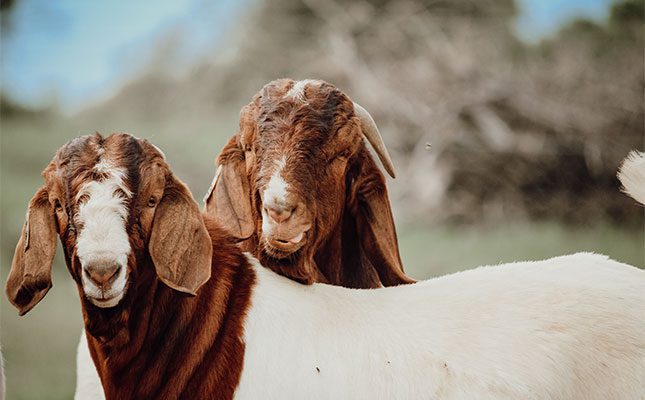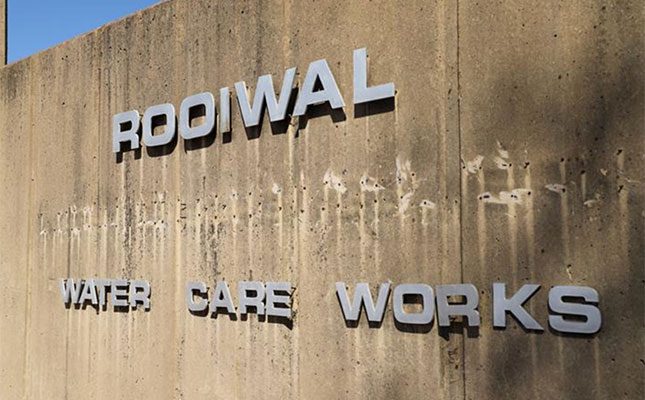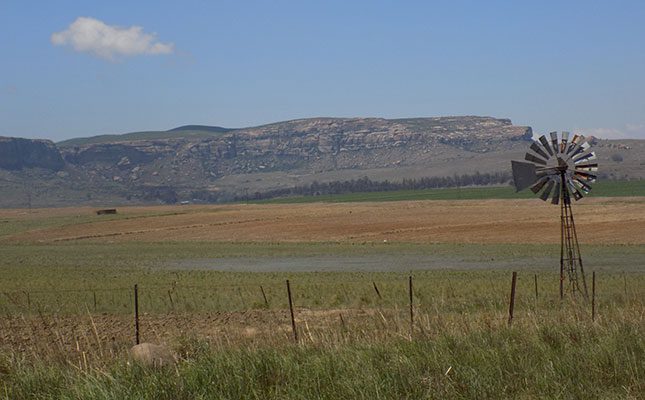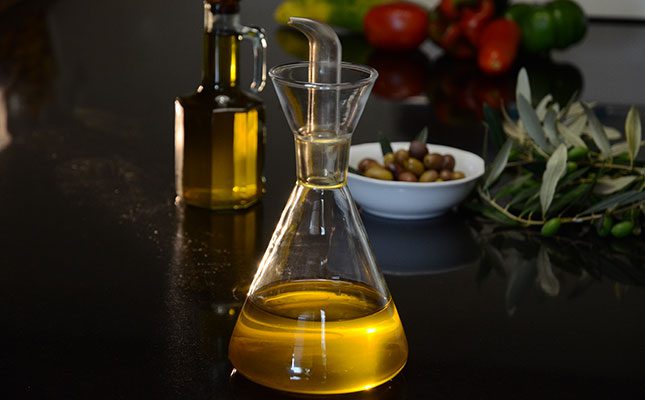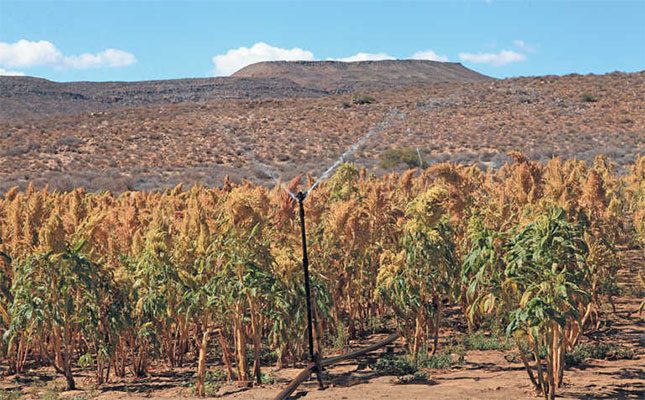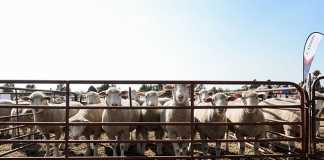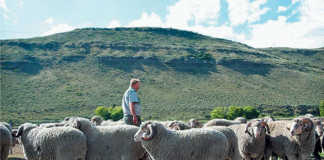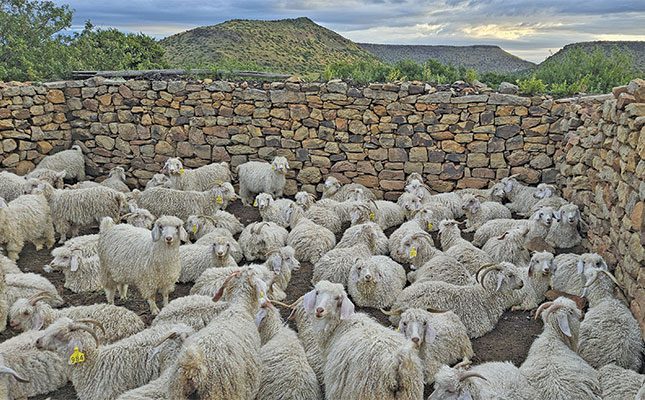
Photo: Supplied
In the rural heart of the Eastern Cape, near Aliwal North in the Walter Sisulu Local Municipality, Dintle Maphala runs her 287ha Angora goat enterprise on Goedehoop Farm.
Through careful planning, disciplined management, and deep knowledge of animal health and nutrition, she has built a sustainable system that many aspiring and emerging goat farmers across South Africa can learn from.
Since starting the operation in 2016, Maphala has built up her flock
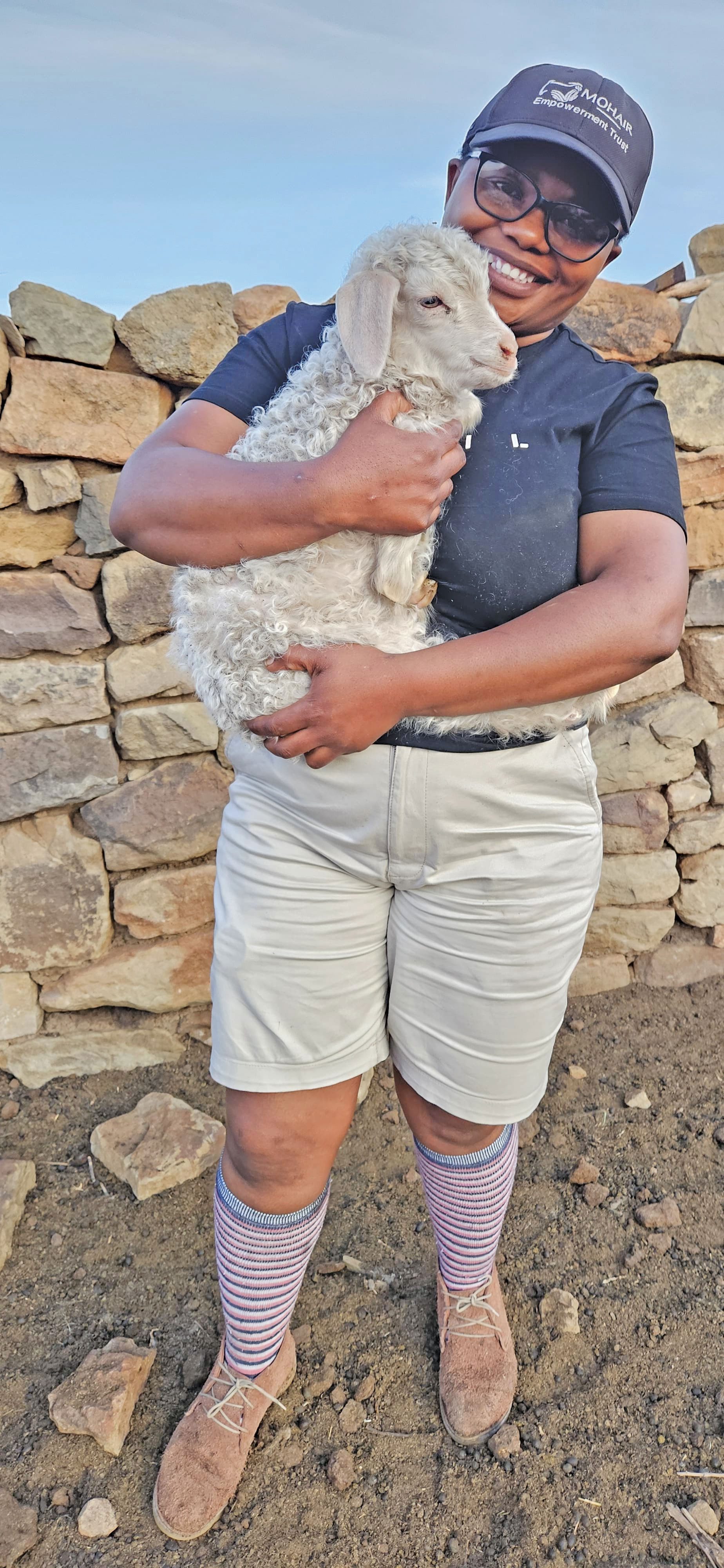
to 493 Angora goats. Her business was officially registered in 2021.
Speaking to Farmer’s Weekly, Maphala says new farmers should base their flock size on available resources, such as land and start-up capital.
She suggests beginning with around 50 breeding goats if possible, aiming for high kidding and weaning rates to grow the flock gradually and sustainably.
“Start with animals that are ready to breed, and grow from there. Your first cycle can easily double your numbers if managed well,” she says.
She says that this scalable approach can help reduce risk, manage expenses, and improve long-term profitability for any farm starting or expanding its goat operation.
Prioritise good genetics and animal selection
For farmers selecting breeding stock, Maphala says physical traits and reproductive soundness are crucial.
“Choose rams with strong, muscular builds and proven fertility. Ewes should be feminine in appearance and display good mothering ability,” she says.
Maphala adds that focusing on these traits not only ensures a productive flock, but also contributes to better fibre quality and healthier offspring goals shared by most Angora producers.
Proactive breeding management
One of Maphala’s most valuable tips is for farmers to plan ahead. She follows a strict Angora goat management programme, starting six to eight weeks before the mating season begins.
“I prepare the rams eight weeks before and the ewes six weeks before the mating season. “I give them multivitamins and flush-feed to ensure they’re in top condition,” she says.
According to Maphala, parasite control is critical. Internal parasites like nasal worms can interfere with breeding behaviour in rams, who rely on scent to detect when ewes are in heat.
“Healthy rams are essential for a successful mating season,” she adds.
These principles are widely applicable and can be adopted by any goat farmer looking to improve reproduction rates and offspring survival.
Avoid inbreeding in small flocks
For small-scale producers, inbreeding is a common concern. Maphala avoids this by maintaining accurate breeding records and limiting how long individual rams stay on her farm.
“I keep my rams for two to three years, then I replace them with quality rams from auctions. I also castrate male kids early to avoid accidental breeding,” she says.
Maintaining genetic diversity strengthens flock health and performance, making this a key lesson for any farmer working with limited breeding stock.
Grazing systems that work
Maphala uses an extensive rotational grazing system on her 287ha farm, supplemented by an additional 500ha of rented land to prevent overgrazing.
“I have six camps and rotate my goats every month. Even though renting land is expensive, it helps me keep the veld healthy,” she says.
Rotational grazing, even on a smaller scale, is a powerful tool to preserve pastures and increase productivity, especially important in areas facing land scarcity and environmental pressure.
Supplementation for health and fibre
According to Maphala, nutrition plays a major role in both reproduction and mohair quality. She supplements her goats’ diet seasonally with a combination of planted and purchased feeds.
“I plant oats, hay, lucerne, and sometimes maize. During winter, I give the goats ‘chocolate maize’ and leeks, and in summer I use summer leeks and dryland lucerne,” she says.
Providing the right nutrition supports strong kids, boosts milk production, and helps maintain high-quality fibre.
Tackling common health challenges
Farmers in many parts of South Africa have to deal with diseases like heartwater and coccidiosis. In Aliwal North, Maphala faces these head-on.
“I believe in prevention rather than cure. I regularly send faecal samples to the lab so I can treat my animals correctly and on time,” she says.
Monitoring and proactive treatment plans are critical for reducing losses and improving flock health, and lab testing is a tool more farmers are encouraged to use where possible.
A calendar of care
Maphala follows a structured animal health routine using a calendar tailored to Angora goat management.
“It guides me on when to dose and vaccinate. Prevention is always better,” she says.
She further mentions that whether commercial or small-scale, farmers benefit from using a detailed health and production calendar to stay on top of tasks and reduce emergencies.
A shearing system that protects fibre quality
Maphala shears her Angora goats twice a year, in March and September, producing a summer and winter clip. But for her, shearing is more than just harvesting fibre; it’s a carefully managed operation designed to protect the health of the animals and the quality of the mohair.
“I make sure my goats are healthy and free from parasites. Dipping is essential, and I even clean them using a special Angora wash before shearing,” she says.
Maphala separates kids, young goats, and adults ahead of shearing and shears each age group separately. This is because the value of mohair varies significantly by age, with kid mohair fetching the highest price.
“The bales are marked ‘K’ for kids, ‘YG’ for young goats, and ‘H’ for adults,” she explains.
Cleanliness is non-negotiable. She prepares her camps and sheds thoroughly before shearing to prevent contamination.
“I clean my camps, remove any thorny bushes and burrs, and make sure the shearing shed is swept. All equipment, shearing machines, and balers must be working perfectly before we begin.”
She also ensures that any branding paint is removed from the animals to prevent it from lowering mohair quality.
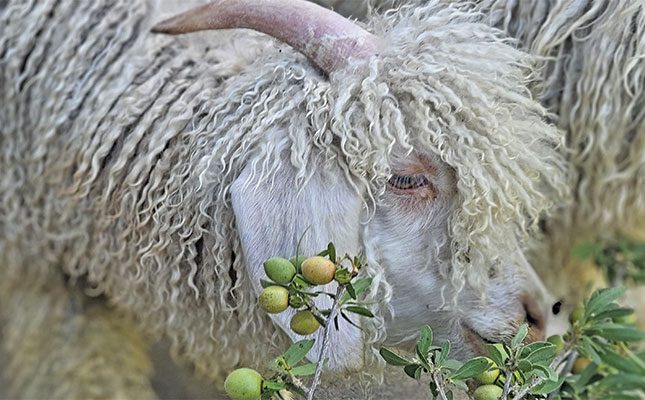
Post-shearing handling and marketing
Once shearing is completed, Maphala immediately sends her mohair to Gqeberha through a broker, currently OVK, to protect its quality.
“After shearing, we bale the mohair, label it with the producer number, and separate it by class, like necks, bellies and britches. Then it’s shipped right away to avoid dust and damage,” she says.
This kind of disciplined post-shearing handling protects mohair quality and boosts pricing. These are practices that can be easily adopted by farmers looking to improve their returns.
How much mohair to expect and how to improve yields
Maphala says that on average, she gets the following per goat at each shearing:
- Kids: about 900g
- Ewes: about 1,4kg
- Rams: between 2kg and 2,5kg
“Farmers can increase mohair yields by ensuring good nutrition, controlling parasites, and shearing on schedule. Proper care and conditioning of the animals also help improve fibre quality and reduce breakage,” she says.
Infrastructure essentials for Angora goat farmers
According to Maphala, the following infrastructure is essential, especially for small- to medium-scale producers:
- Shelters: for protection during cold and wet conditions.
- Shearing shed: a clean, organised space that prevents contamination.
- Overnight kraals: especially important in areas where predators like jackals or caracals are a threat.
- Small-stock handling facilities: these must be designed for ease of use and animal safety.
- Dipping facilities: vital for parasite control.
“Your kraals must be safe, and your facilities should help you work without harming yourself or the animals,” she says.
Marketing advice
For farmers new to selling mohair, Maphala recommends registering with a reliable broker and getting advice from experienced producers.
“Get a producer number and make sure you follow the Angora calendar. Ask for help from those who’ve been farming Angoras for longer,” she says.
The Angora calendar outlines the year’s key tasks, such as dosing, breeding, shearing, and vaccinations, helping farmers plan ahead and reduce losses.
Mistakes, lessons and advice for the next generation of farmers
While Maphala has developed a successful and well-structured Angora goat operation, she is open about the hard lessons she’s had to learn. One of her most painful experiences came in 2017, when a storm hit her farm just after shearing.
“I lost about 200 goats in one day. After shearing, I let them out and didn’t anticipate the storm. By the time I realised it, it was too late to bring them back. Now, I always make sure they’re under proper shelter when the weather changes, especially after shearing,” she says.
For emerging farmers, she mentions the importance of learning not just from your own mistakes, but also from others.
“Don’t be reactive; be proactive. Use the resources we have. The Mohair South Africa website is updated with guidelines and there are experts who are always willing to help.”
Farming records
One of the most valuable parts of Maphala’s toolkit is her commitment to record- keeping. From births and deaths to financial tracking and production data, she maintains detailed records that help her assess profitability, identify problem areas, and plan for the future.
“Records help me compare my growth from year to year. I can see how many goats I had, how many kids were born, what the kidding percentage was, and whether the fibre quality improved.
“Good records also make it easier to access funding. If you want to apply for a grant or loan, you can go to the bank or an accountant with a clear track record of your farming activities and income. That’s powerful,” she says.
Top tips for emerging angora farmers
For small-scale farmers looking to grow, Maphala summarises her most important advice into three pillars:
- Run your farm like a business: “Even if it’s small, treat it seriously. That mindset will help you grow.”
- Do daily records: “Track everything, mortalities, births, sales, expenses. You won’t regret it.”
- Plan constantly and stay informed: “Read, attend workshops, and engage with others in the Angora industry. There’s always something new to learn.”
Maphala says information is power. Detailed preparation, continuous learning, and practical management can turn a small-scale operation into a sustainable and profitable business. Her story is not just inspiring, it’s a blueprint for others.
For more information email Dintle Maphala at [email protected].

